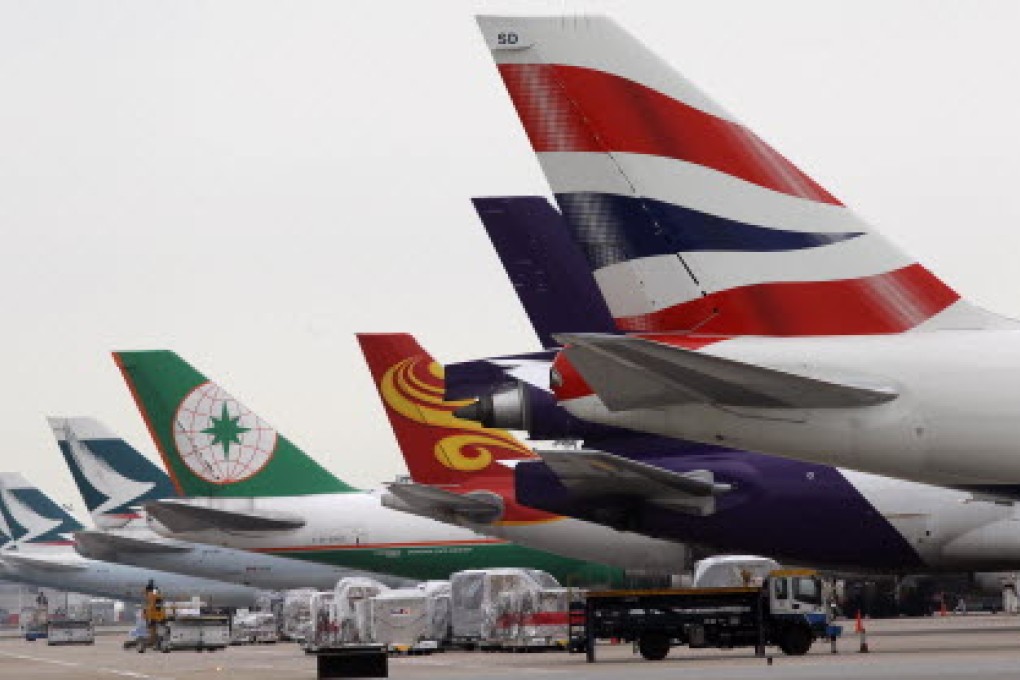Integrating airports, not another runway, is long-term solution
I agree with your editorial ("Stop bickering and think big", August 20) as Hong Kong has moved down through the gears since the 1997 handover, and it seems that we are now driving with the handbrake on, despite our powerful fiscal position.

The Kai Tak site offered an opportunity to think big, but our cruise terminal is underwhelming. The grand vision of the Central waterfront is already a disappointment.
West Kowloon's woodland park shows no signs of life. Our competitors such as Shanghai and Singapore would have implemented significantly more at these unique and dramatic locations. Hong Kong has lost its confident wide vision, and now bureaucratically seeks blinkered reactive solutions. The transport situation in the Pearl River Delta also illustrates this view.
The Hong Kong-Zhuhai-Macau bridge is catering only to narrow vested interests. The present push for a third runway at Chek Lap Kok is an easy orthodox response but avoids having to think outside the box. There is ample aircraft runway capacity in the delta region but a severe shortage of airspace.
It is the most congested airspace in China: besides Chek Lap Kok, Guangzhou Baiyun, Shenzhen Baoan, Zhuhai Jinwan, and Macau airports are competing for this space. It is a case of "one country, five airports", and despite official pledges of co-operation and the signing of a memorandum of understanding in 2011 there appears little movement to control airspace centrally.
In the delta region, each airport is "paddling its own canoe". If London acted in this unco-ordinated manner with City, Gatwick, Heathrow, Luton, Southend and Stansted airports there would be air traffic chaos. It is common sense to closely integrate Chek Lap Kok, Macau, Zhuhai, and Shenzhen under a single management. Just adding runway capacity at Hong Kong is not a solution. Public transport needs must trump private commercial interests.